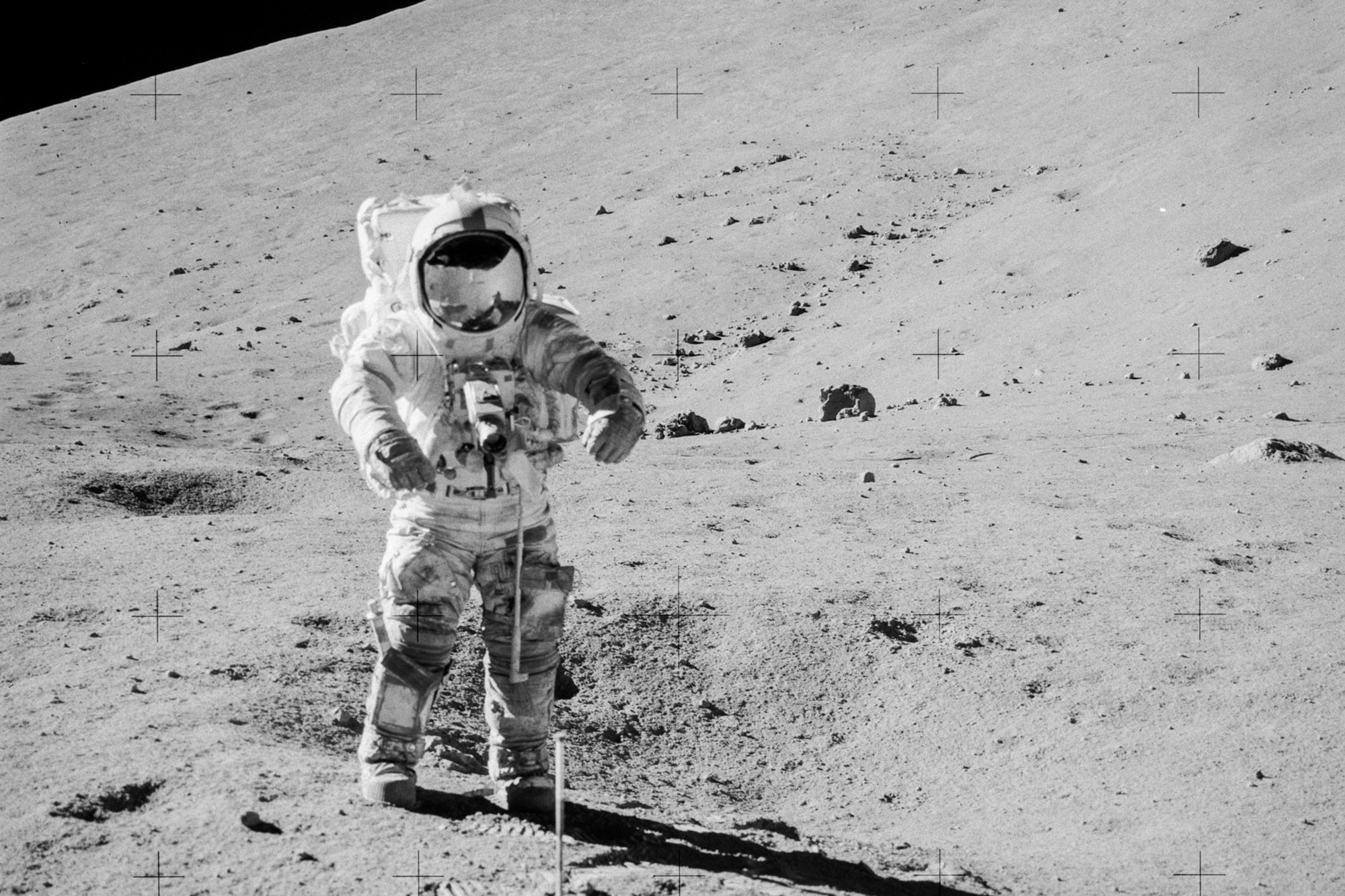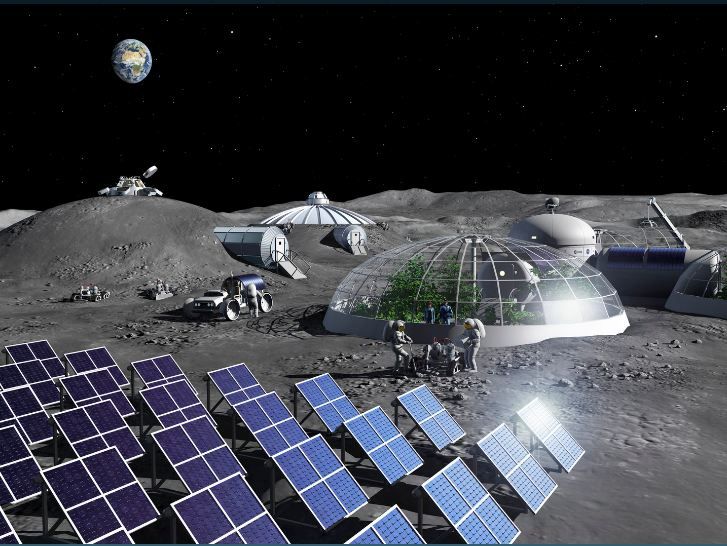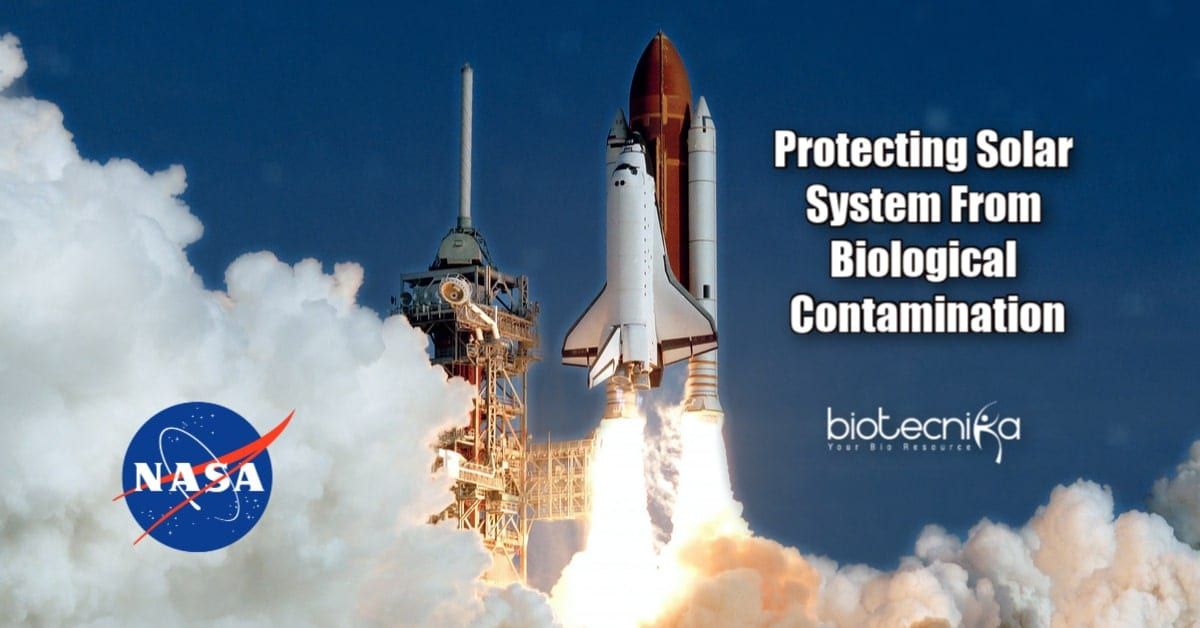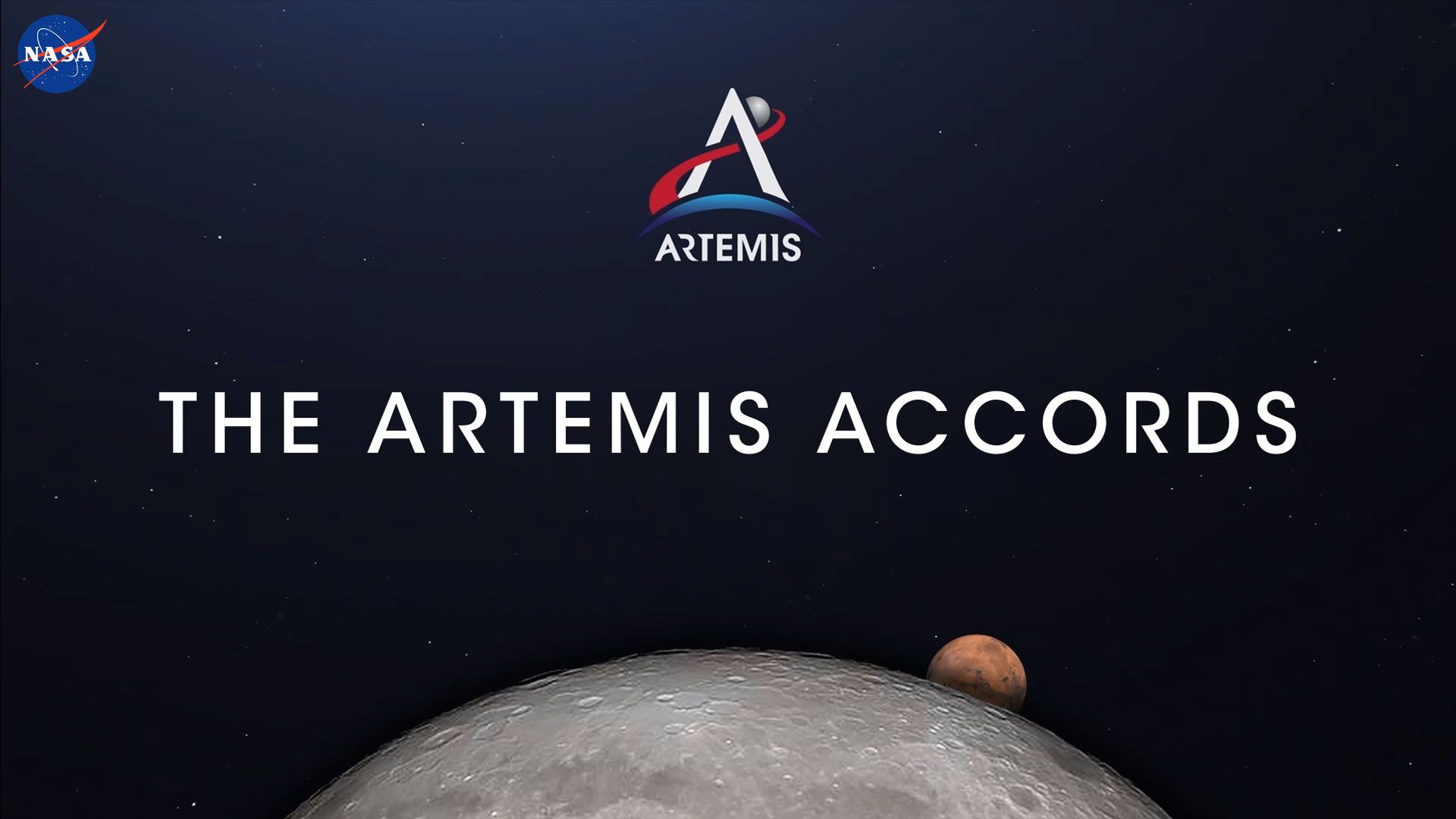Will Biden Cede Space Preeminence to the Chinese?
Article by Douglas MacKinnon December 12, 2020 (thehill.com)
• On December 9th, Vice President Mike Pence addressed an assembly of the National Space Council, and to introduce the NASA astronauts selected for the Artemis Program’s return of humans to the Moon. During his speech, Pence made mention of the growing threat posed to the United States by China’s militarized space program. “China is increasingly emerging as a serious competitor in space,” said Pence. “As the world witnessed, China recently landed an unmanned craft on the moon and, for the first time, robotically raised the red flag of Communist China on that magnificent desolation.”
• “China is increasingly emerging as a serious competitor in space,” said Pence. “In four short years (ie: Trump’s administration), America is leading in space once again.” The reality is that China emerged as a serious competitor well over a decade ago, becoming the preeminent space-faring nation on Earth. The Trump administration has been forced to play catch-up after the setbacks in the space program enacted under his previous administration. And now that Joe Biden may be assuming the White House in January, China knows that the US is could to slip further behind.
• Virtually every incoming President has tended to scale back or dismantle the space policies enacted by his predecessor. When Barack Obama replaced George W. Bush, his administration oversaw the shutdown of America’s ability to send astronauts into space on US spacecraft. We came to rely on the Russians to get Americans to the mostly U.S.-built International Space Station – at a cost of $90 million per astronaut.
• The political and military leadership of China are thrilled that an incoming Biden administration, which despises Trump, would put Trump’s space policies – such as the Space Force, the return of American astronauts to the Moon, and the very existence of the National Space Council – squarely in the crosshairs of Team Biden. Much of Biden’s NASA transition team is led and staffed by Obama-era retreads who have made it abundantly clear that they favor redirecting NASA and Space Force dollars toward domestic programs and fighting climate change.
• Such stated goals are music to the ears of the People’s Republic of China. Every US tax dollar directed away from the American space program is a victory for China and their ultimate endgame. China understands its greatest competition, and its greatest threat, is the United States. They look for any opportunity to create an advantage over the US to further its goal to dominate the cislunar theater from Earth to the Moon. Recent news of the Chinese government seeking to compromise certain US politicians is evidence of China’s long-term strategy to usurp American power.
• You can be sure the Chinese leadership is hopeful that Biden will not only dismantle all that Trump has done regarding space, but will relegate the US space program to a back burner. In this case, historic precedent is on the side of the Chinese.
This past week, Vice President Mike Pence, in his capacity as chair of the National Space Council, addressed a meeting of that group at the Kennedy Space Center in Florida. Although his speech was rather generic and filled with too much partisan praise of President Trump, he did manage to briefly address a critically important topic: the growing threat posed to the United States by China’s militarized space program.
But, as they say in the news business, even with that warning, Pence still managed to “bury the lead.” In remarks that stretched almost two hours, he spoke about the threat from China for only one brief paragraph.
Said Pence: “China is increasingly emerging as a serious competitor in space, just as they are in other areas of the global economy and to the strategic interest of the United States. As the world witnessed, China recently landed an unmanned craft on the moon and, for the first time, robotically raised the red flag of Communist China on that magnificent desolation.”
The political and military leadership directing China’s space program must have burst out laughing when they heard or read Pence’s assessment that “China is increasingly emerging as a serious competitor in space,” or when, later in the speech, he declared: “In four short years, America is leading in space once again — it’s true.”
In fact, China “emerged” as a “serious competitor” well over a decade ago.
China knows it is the preeminent space-faring nation on Earth, and that the United States may be about to slip much further behind them with the coming change in presidential administrations.
For all those in the United States who understand the critical need for the United States to have robust civilian and military space programs, almost every presidential election becomes a recurring nightmare realized.
The main reason is that virtually every incoming president tends to scale back or dismantle the space policies enacted by his predecessor. The fact that the “predecessor” in this case will be Donald Trump, who is despised by much of the incoming Biden administration, puts Trump’s space policies and programs squarely in the “cancel it” crosshairs of Team Biden — policies such as the Space Force, a return of American astronauts to the moon, and the very existence of the National Space Council itself.
FAIR USE NOTICE: This page contains copyrighted material the use of which has not been specifically authorized by the copyright owner. ExoNews.org distributes this material for the purpose of news reporting, educational research, comment and criticism, constituting Fair Use under 17 U.S.C § 107. Please contact the Editor at ExoNews with any copyright issue.


 NASA has announced the private companies it will use to collect ‘extraterrestrial resources.’ The space agency previously revealed intentions to tap commercial enterprises for space resource collection, underscoring its continued work with private businesses to speed up its missions and cut down costs. The arrangement will kick off with these companies collecting lunar regolith.
NASA has announced the private companies it will use to collect ‘extraterrestrial resources.’ The space agency previously revealed intentions to tap commercial enterprises for space resource collection, underscoring its continued work with private businesses to speed up its missions and cut down costs. The arrangement will kick off with these companies collecting lunar regolith.

 Donald Trump set bold goals for space exploration during his time in office – from crewed missions to the Moon and Mars to a Space Force. By contrast, his successor Joe Biden has been relatively quiet on space policy. So how is space exploration likely to change going forward?
Donald Trump set bold goals for space exploration during his time in office – from crewed missions to the Moon and Mars to a Space Force. By contrast, his successor Joe Biden has been relatively quiet on space policy. So how is space exploration likely to change going forward?
 During the Trump administration, NASA also committed to the return of astronauts to the Moon in 2024 under the Artemis program. This is due for its first test launch (uncrewed) next year with Artemis-1. This builds on the Constellation program which was implemented by Republican president George W Bush in 2005 but was subsequently cancelled by Democratic president Barack Obama due to its high cost and difficulty.
During the Trump administration, NASA also committed to the return of astronauts to the Moon in 2024 under the Artemis program. This is due for its first test launch (uncrewed) next year with Artemis-1. This builds on the Constellation program which was implemented by Republican president George W Bush in 2005 but was subsequently cancelled by Democratic president Barack Obama due to its high cost and difficulty.



 “I am confident that learning to build on other worlds will also provide the necessary breakthroughs to solve housing challenges we face on this world,” Ballard said. “These are mutually reinforcing endeavors.”
“I am confident that learning to build on other worlds will also provide the necessary breakthroughs to solve housing challenges we face on this world,” Ballard said. “These are mutually reinforcing endeavors.”











 The US Space Agency has always recognised that international cooperation will be vital if its Artemis programme is to succeed. Artemis is the ambitious project to land two astronauts near the lunar south pole in 2024, as a precursor to establishing a permanent human lunar settlement by 2028. On Friday, NASA officials revealed the core values underpinning its mission in a document called the Artemis Accords, which stress the peaceful nature of its exploration.
The US Space Agency has always recognised that international cooperation will be vital if its Artemis programme is to succeed. Artemis is the ambitious project to land two astronauts near the lunar south pole in 2024, as a precursor to establishing a permanent human lunar settlement by 2028. On Friday, NASA officials revealed the core values underpinning its mission in a document called the Artemis Accords, which stress the peaceful nature of its exploration.


